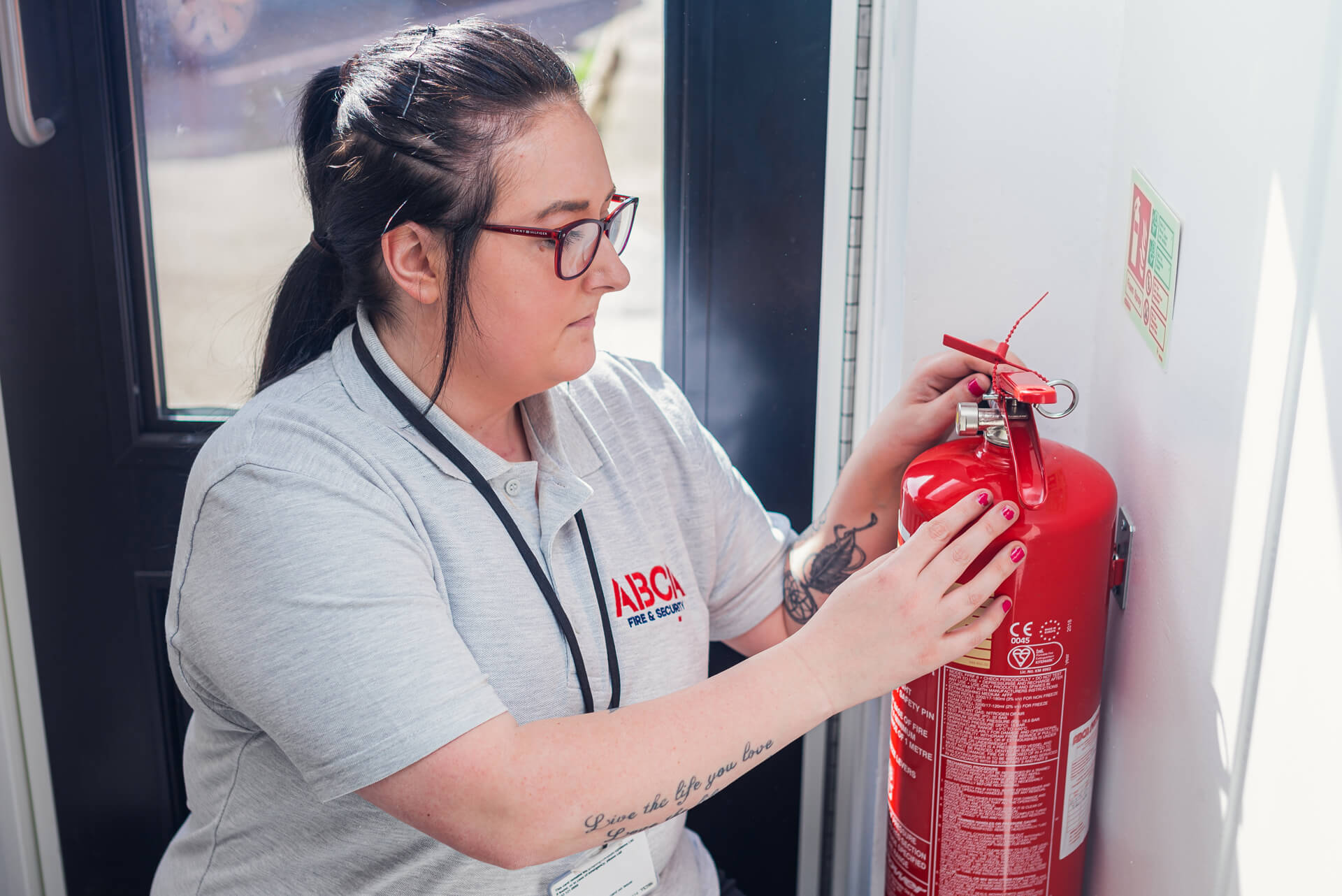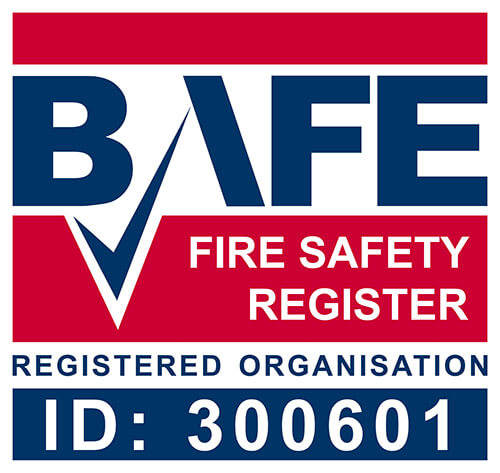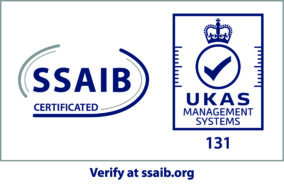We all know how important Fire safety is but sometimes it can be difficult to ascertain what our actual responsibilities are. Here are the 10 items that you are responsible for.
1. Responsible Person must take appropriate fire precautions
The Responsible Person must take general fire precautions to ensure, so far as reasonably practical, the safety of any employees and relevant people. This includes anyone who may be temporarily in the premises, or who may be affected if there were to be a fire.
2. Arrange a fire risk assessment
The Responsible Person must make a suitable and sufficient assessment of the risks that all relevant persons are exposed to. Any assessment must be reviewed by a competent person regularly to keep it up-to-date. A fire risk assessment outlines any potential risk or hazard within a premises, and any required action that needs to be addressed.
3. Elimination and reduction of dangerous substances
You should always identify any dangerous substances and eliminate or reduce them to mitigate risk. Examples include businesses with welding equipment, flammable liquids or gas bottles.
4. Equip premises with appropriate equipment
The premises must be equipped with the appropriate fire detection and fire-fighting equipment. Examples of this equipment include fire alarms and sprinklers. All non-automatic fire-fighting equipment, such as fire blankets and extinguishers, must be easily accessible and clearly highlighted through signage.
5. Ensure routes and exits are kept clear
All routes to emergency exits, as well as the exits themselves, must be kept clear at all times. Any obstruction must be dealt with swiftly to ensure fire safety measures in place are still effective.
6. Carry out fire drills
The Responsible Person should carry out, or arrange for, appropriate procedures such as fire safety drills, to take place. Each member of staff should undergo a fire drill annually, with an adequate number of trained deputies and wardens employed by the business.
7. Maintain all fire systems
Whatever measures are in place to alleviate fire must be maintained. These systems must be in an acceptable working condition, and available at all times. This includes everything from fire extinguishers to sprinkler systems, and proof of maintenance must be recorded.
8. Appoint competent persons to assist
It is the remit of the Responsible Person to assign an appropriate number of competent persons to assist with, and look after the fire safety on the premises. These people must be sufficiently trained with the correct knowledge and be aware of their responsibilities.
9. Communicate to all
The Responsible Person must communicate to all employees, visitors and contractors on risks, procedures and competent people. All risks and hazards as identified in the risk assessment, as well as the measures put in place to manage those risks, must be shared with all in the premises. Policies and procedures must be produced detailing how to safely evacuate the building. This information must be provided to anyone who could be affected by a fire in, and around, the premises.
10. All employees must be trained
According to The Regulatory Reform (Fire Safety) Order 2005, all employees must be appropriately trained in fire safety procedures. This should take place during induction to your business. This must align with the fire risk assessment and include an overview of the evacuation plan, where the fire escapes are located, when fire alarms are tested weekly, who the Responsible Person is, the details of fire wardens etc. Where necessary, this training should be repeated periodically.







